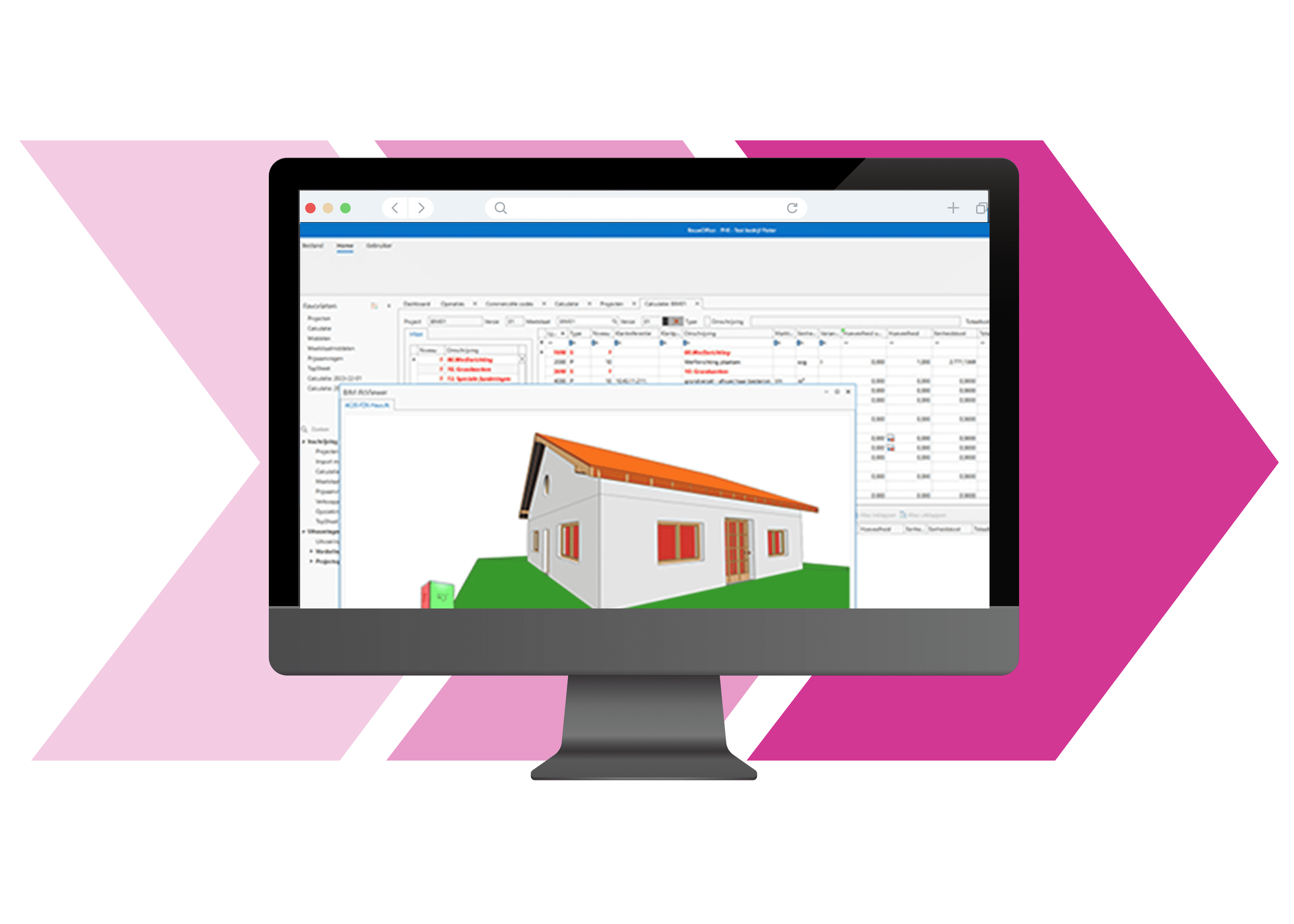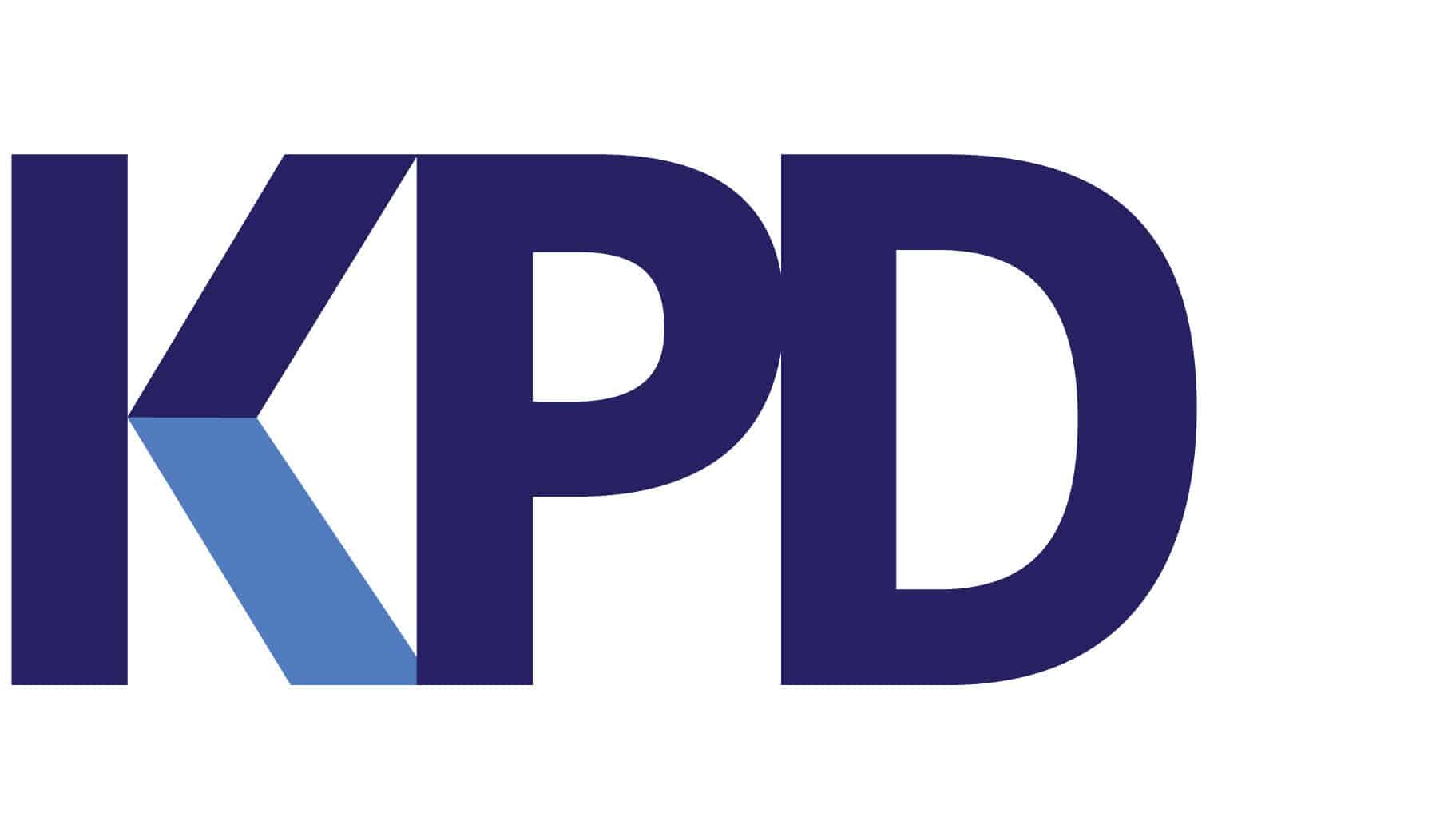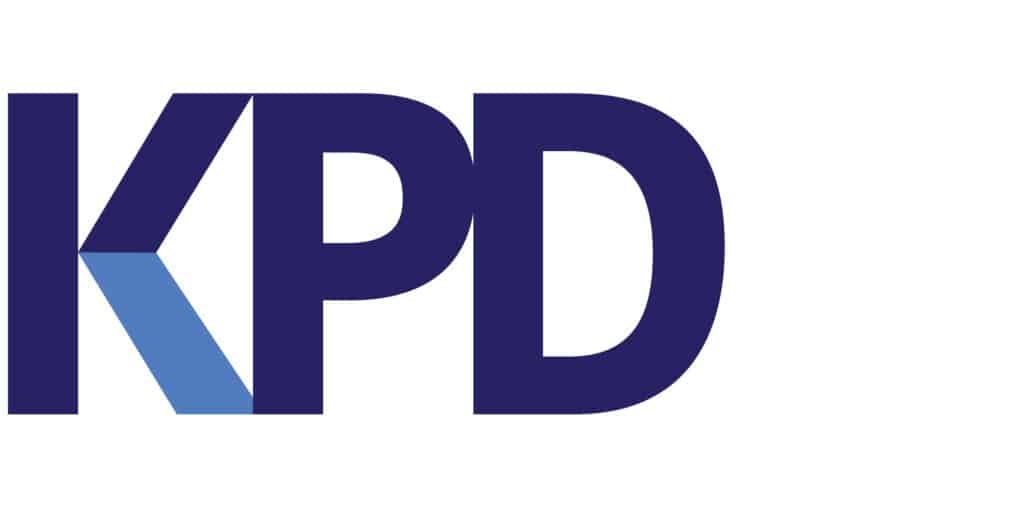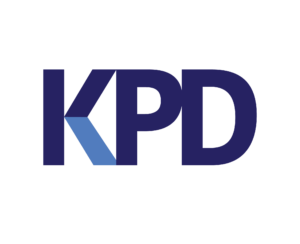Tendering | The essence of BIM
The goal, benefits, and impact of BIM on the construction industry
In the rapidly evolving world of construction and architecture, Building Information Modeling, abbreviated as BIM, has garnered significant attention in recent years. This revolutionary approach to project management and design has transformed how professionals in the construction sector collaborate and communicate. Let’s explore what BIM is, its purpose, and the benefits it brings.

What is BIM?
BIM stands for Building Information Modeling, an advanced technology that enables the creation of digital representations of the physical and functional features of a building. It goes far beyond traditional 2D drawings by generating a virtual 3D model that not only depicts the geometry of the building but also includes information about materials, costs, scheduling, and more.
At the heart of BIM is the centralized digital database, serving as a coordinated and consistent source of information for all stakeholders in a construction project. Architects, engineers, contractors, and other involved parties can collaborate in real-time, making changes that enhance the efficiency and accuracy of the entire construction process.
Purpose of BIM
The primary purpose of BIM is to optimize the construction process from concept to delivery. Here are some specific goals of BIM:
- Enhanced collaboration: BIM promotes seamless collaboration among all involved parties in a construction project. This results in better communication and coordination, reducing errors and increasing efficiency.
- Efficiency in design and planning: Having all relevant information in an integrated model allows professionals to design and plan faster and more effectively. This not only saves time but also reduces costs and minimizes risks.
- Better decision-making: BIM provides stakeholders with detailed and up-to-date information, enabling them to make informed decisions throughout all phases of the construction process. This leads to better project control and a higher likelihood of success.
Benefits of BIM
- Cost savings: Improved coordination and efficiency in the design and construction process can lead to cost reductions. Fewer errors and better planning result in fewer changes during construction, ultimately reducing overall costs.
- Time efficiency: BIM accelerates the construction process by enabling faster design and planning times. This leads to shorter project timelines, allowing clients to benefit from their investment sooner.
- Quality assurance: The detailed and coordinated nature of BIM ensures a higher quality of the final product. Fewer errors and conflicts during construction contribute to better quality assurance.
- Sustainability: BIM helps optimize the energy efficiency and sustainability aspects of a building. Through simulations and analyses, designers can enhance the environmental performance of a building, which is becoming increasingly important in the modern construction industry.
- Improved Facility Management: BIM adds value not only during the construction phase but also throughout the lifespan of a building. The model can be used for effective facility management, including maintenance, renovations, and expansions.
In summary
Building Information Modeling has the potential to transform the construction industry by improving collaboration, efficiency, and quality throughout the entire construction process. It is no longer just a trend but rather an essential tool for the modern construction professional aiming for successful and sustainable projects.
A complete ecosystem
Don’t waste time searching for information.
All working tools are at your disposal, in one platform
Want to know more?
Get to know our module during a demo.
We’d love to show you!





